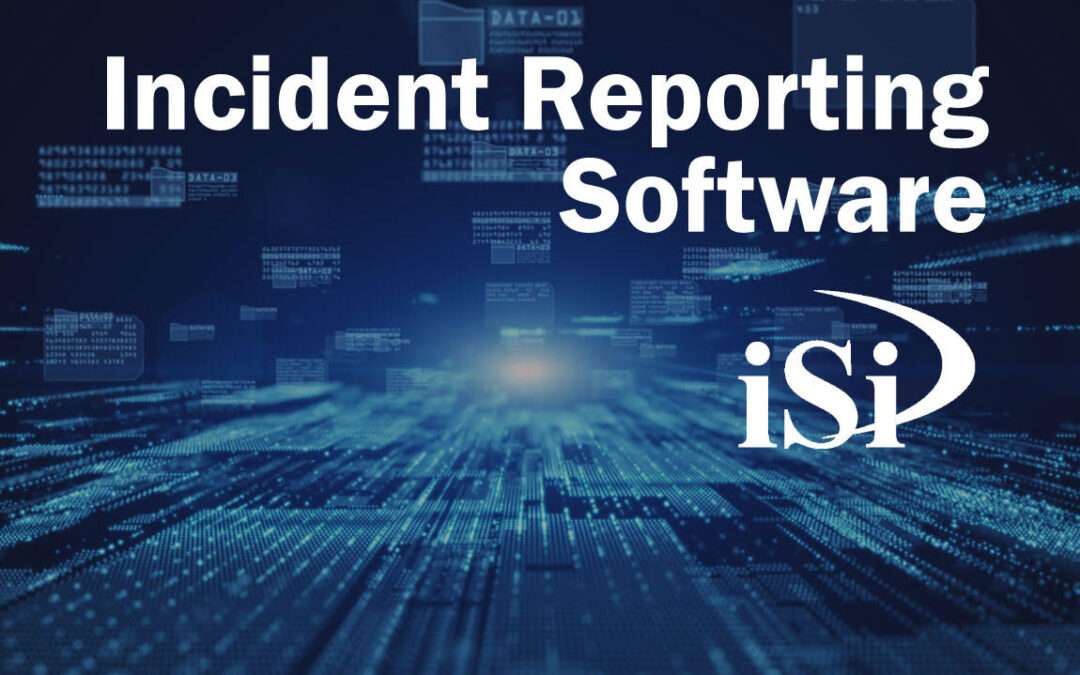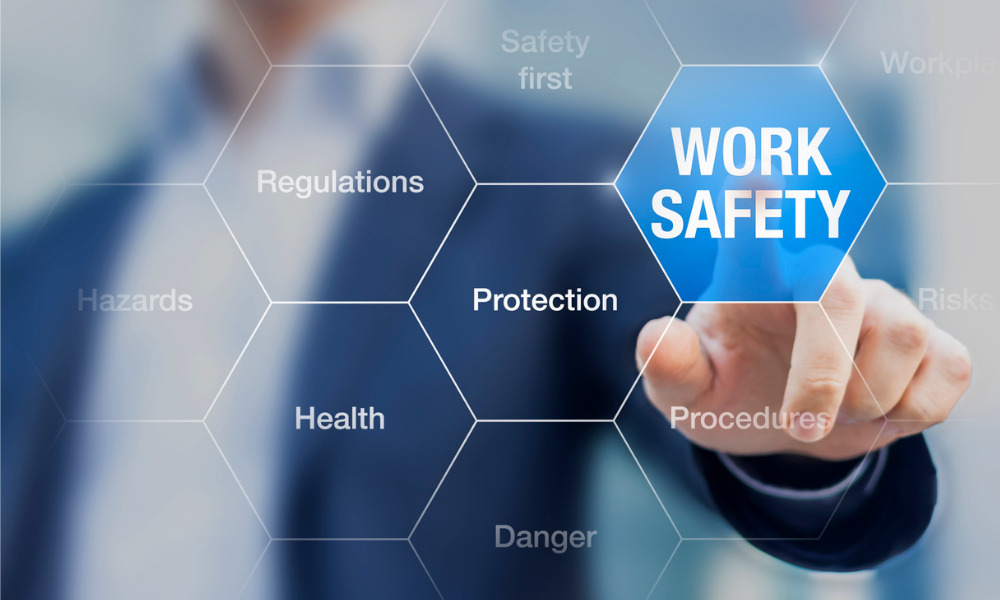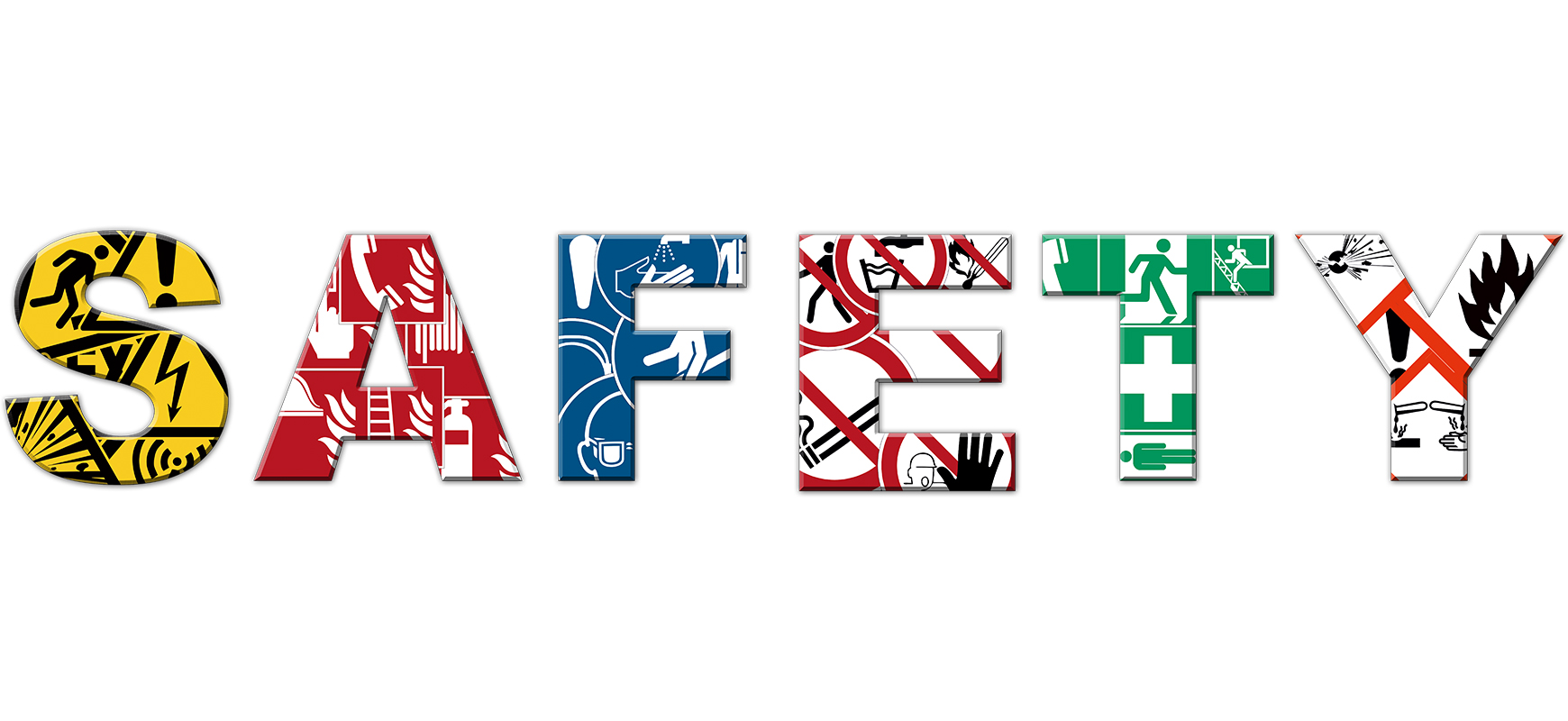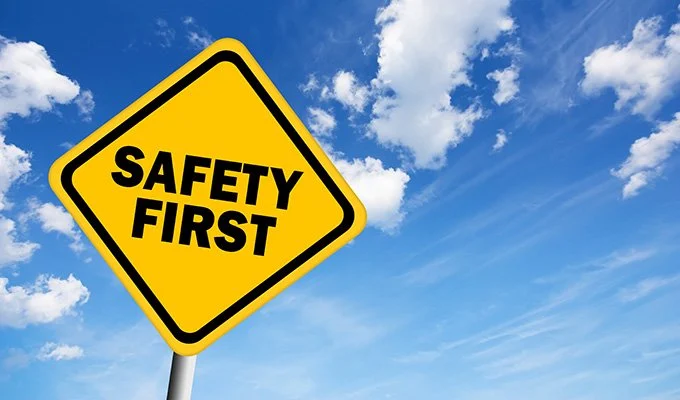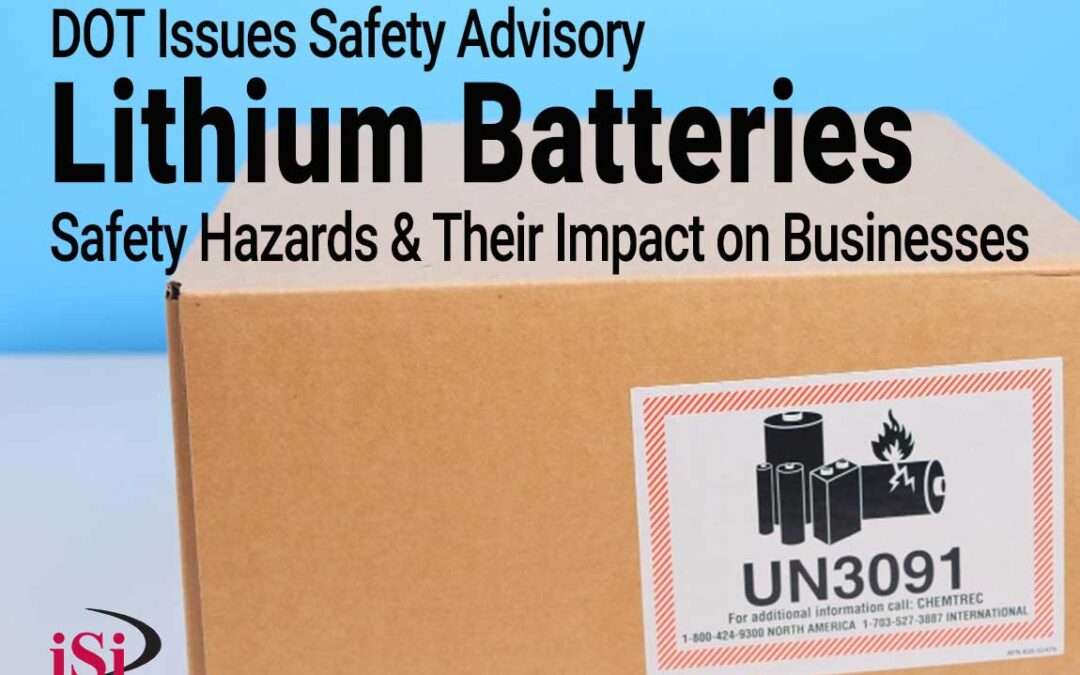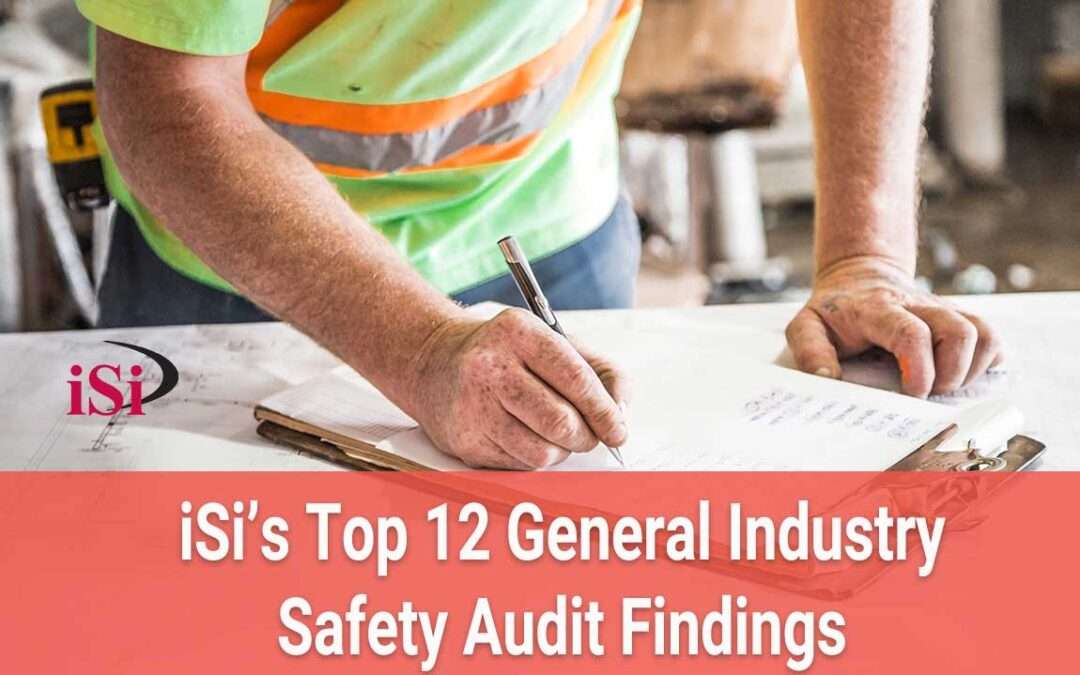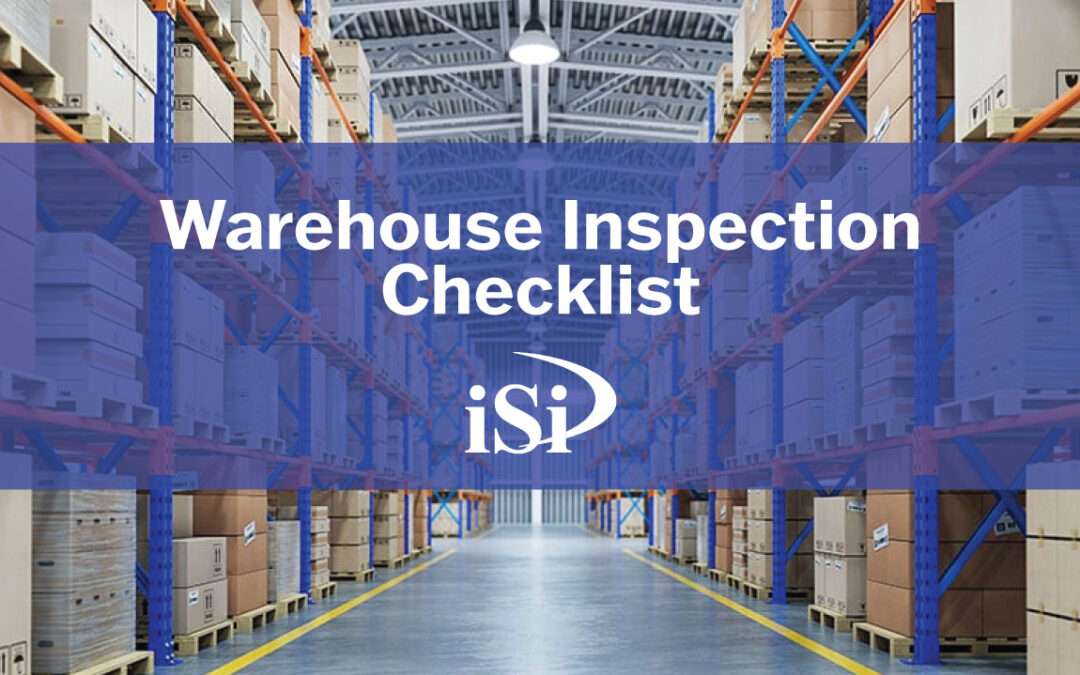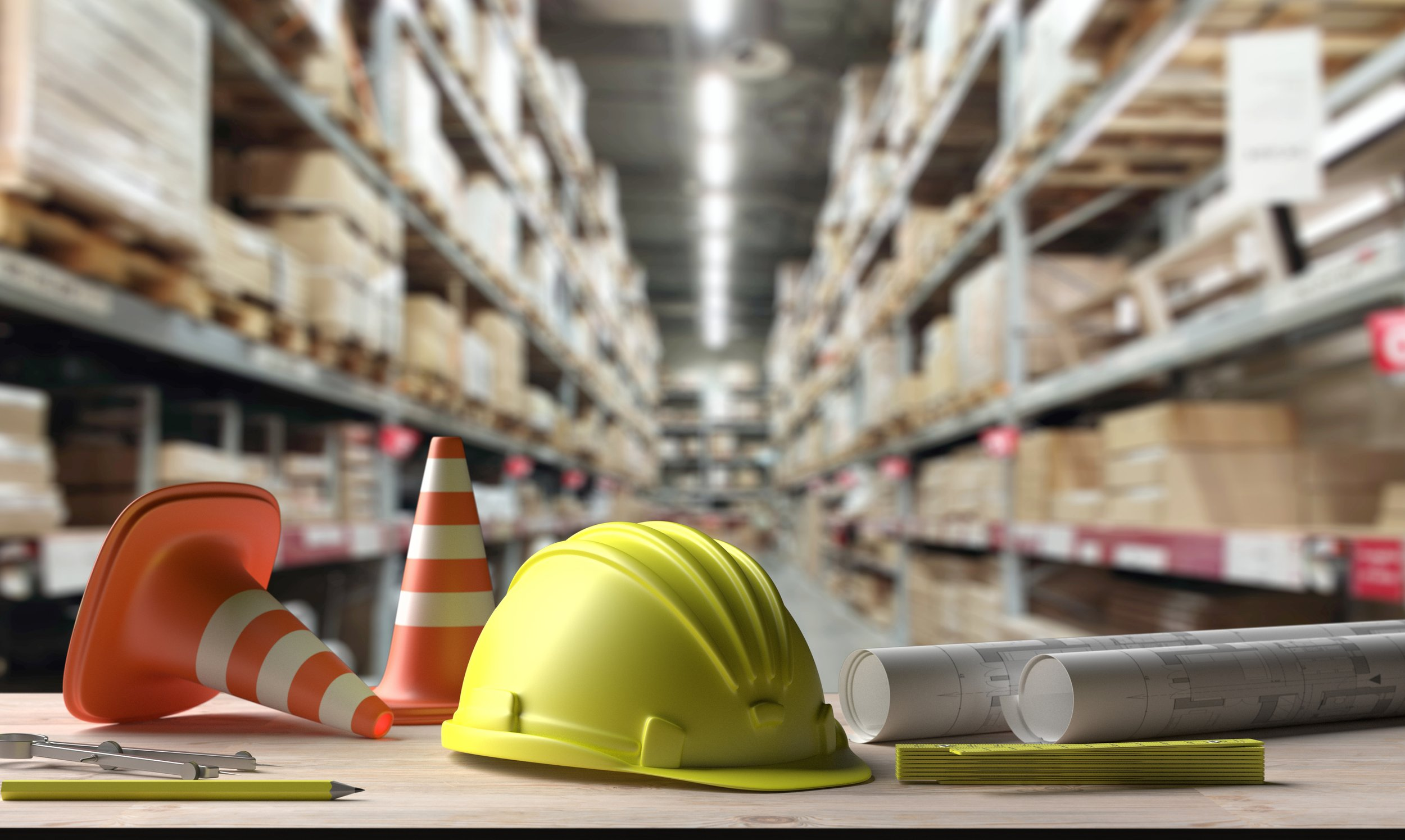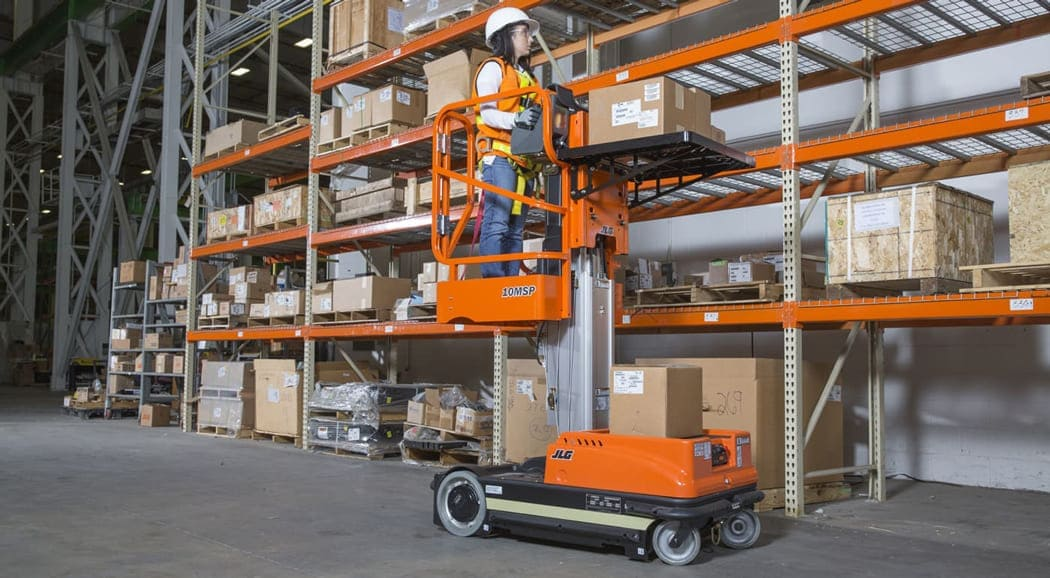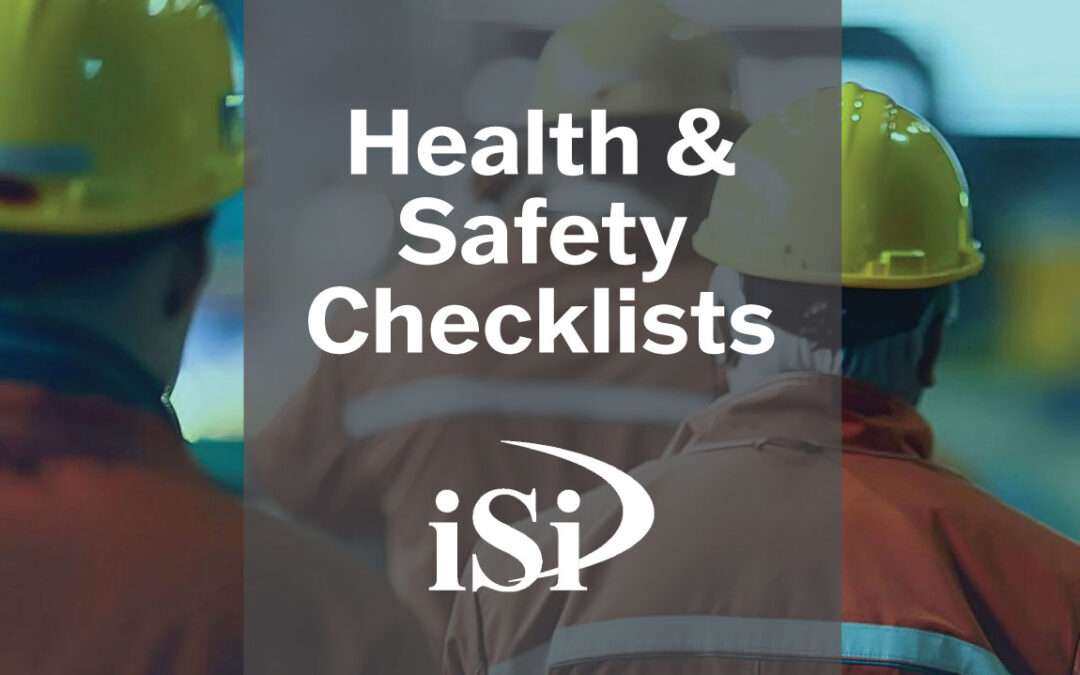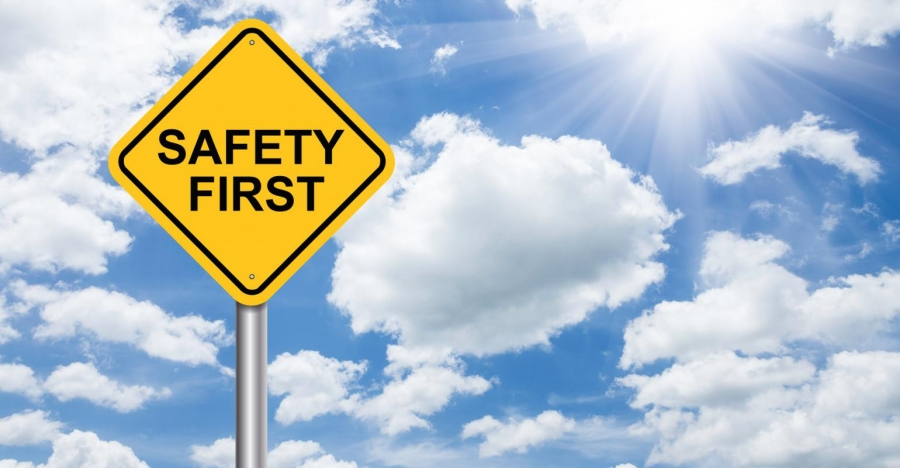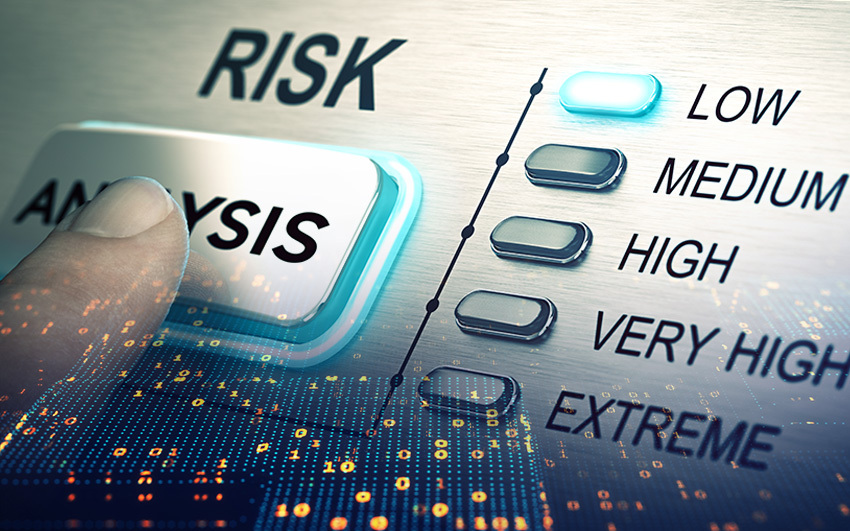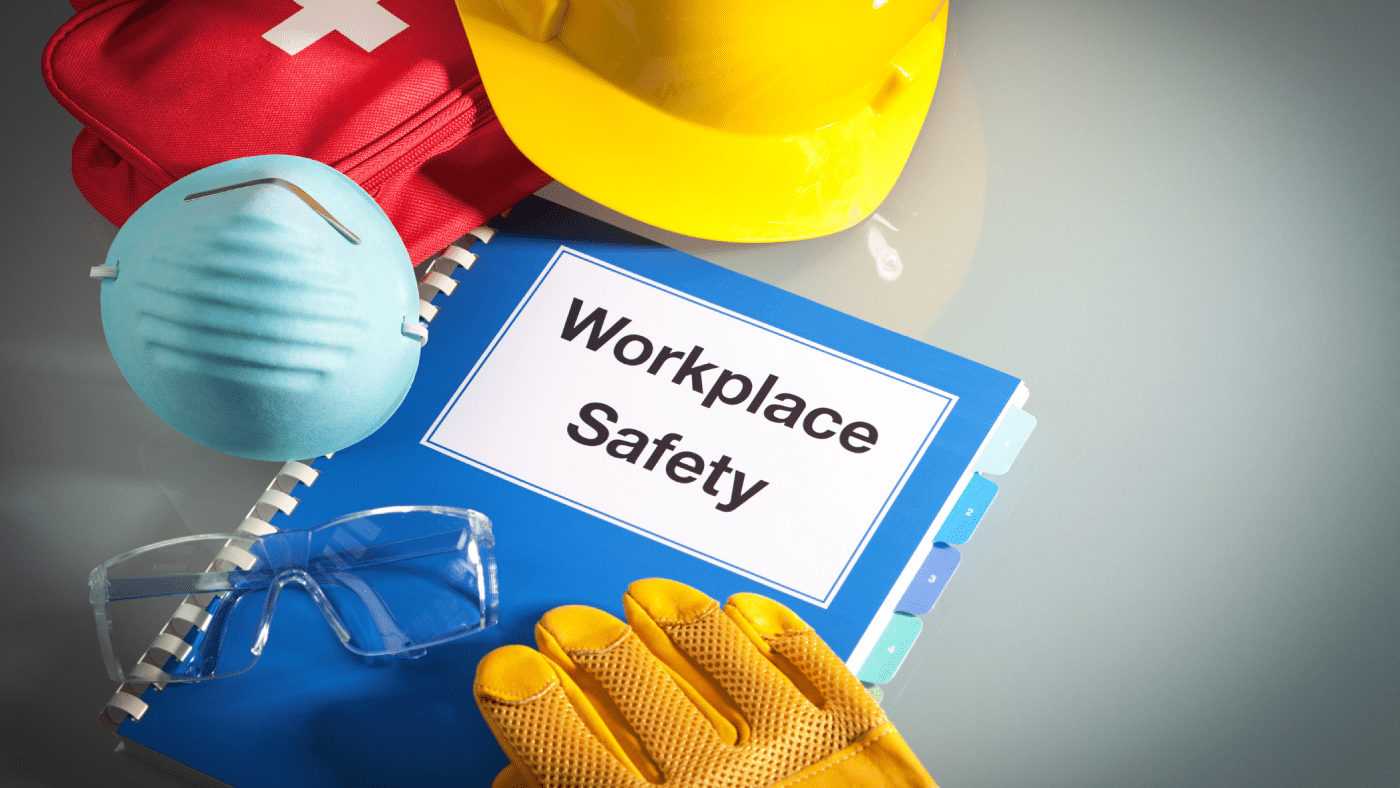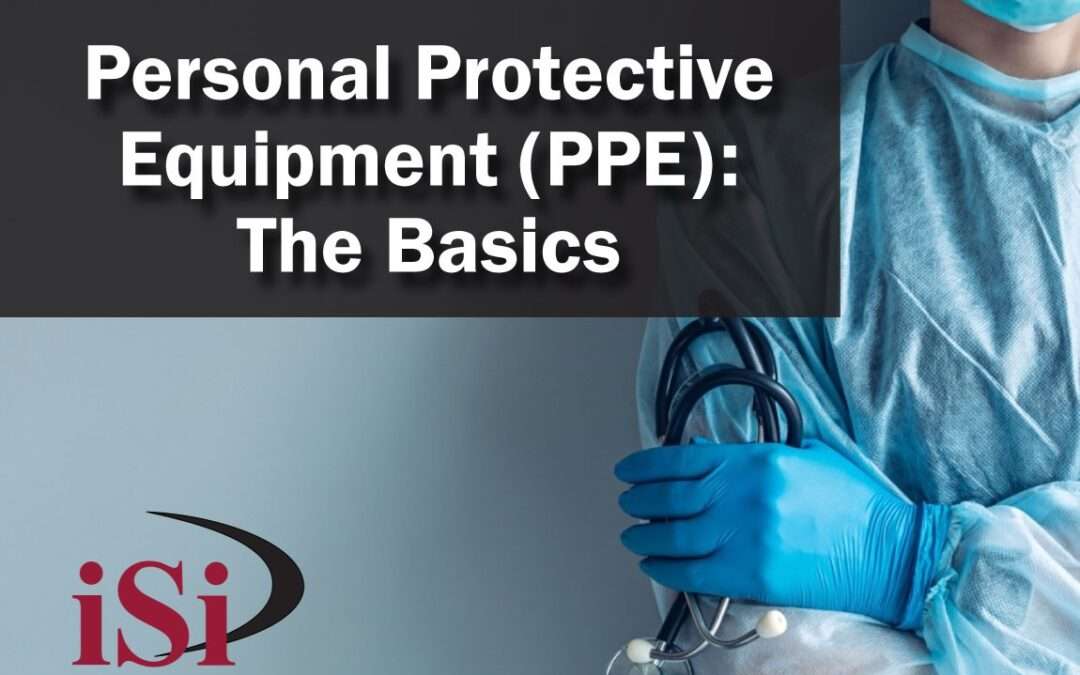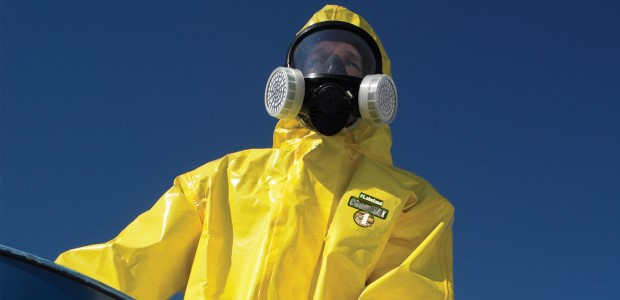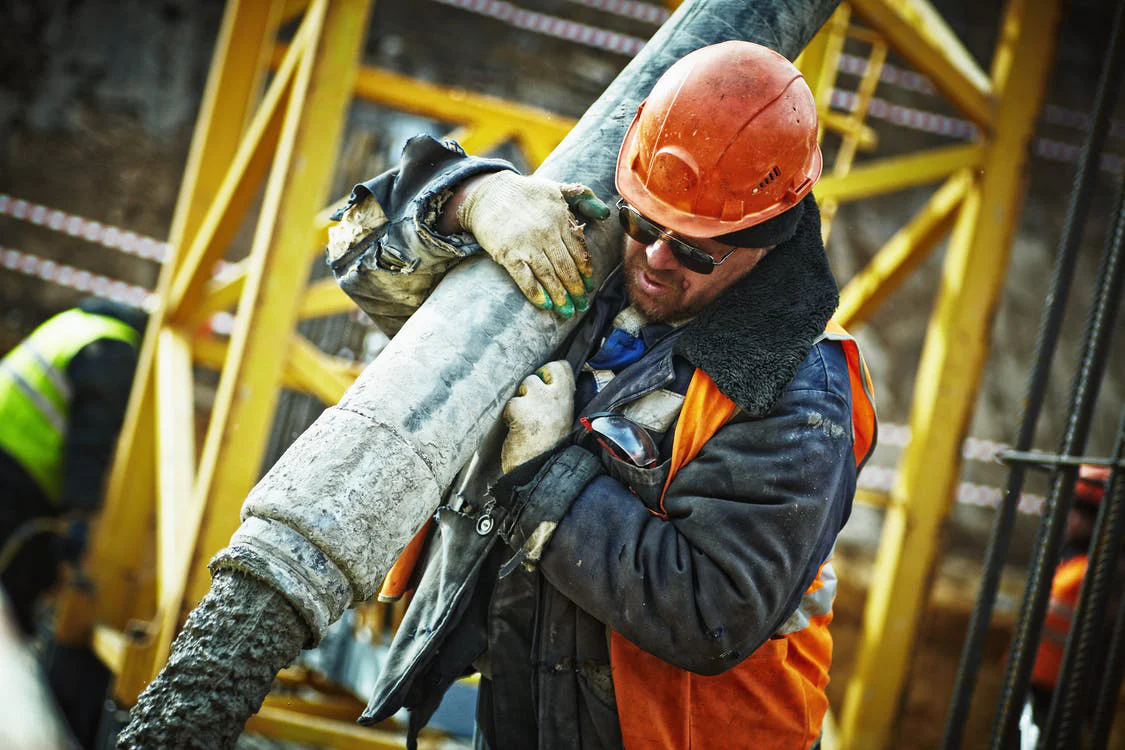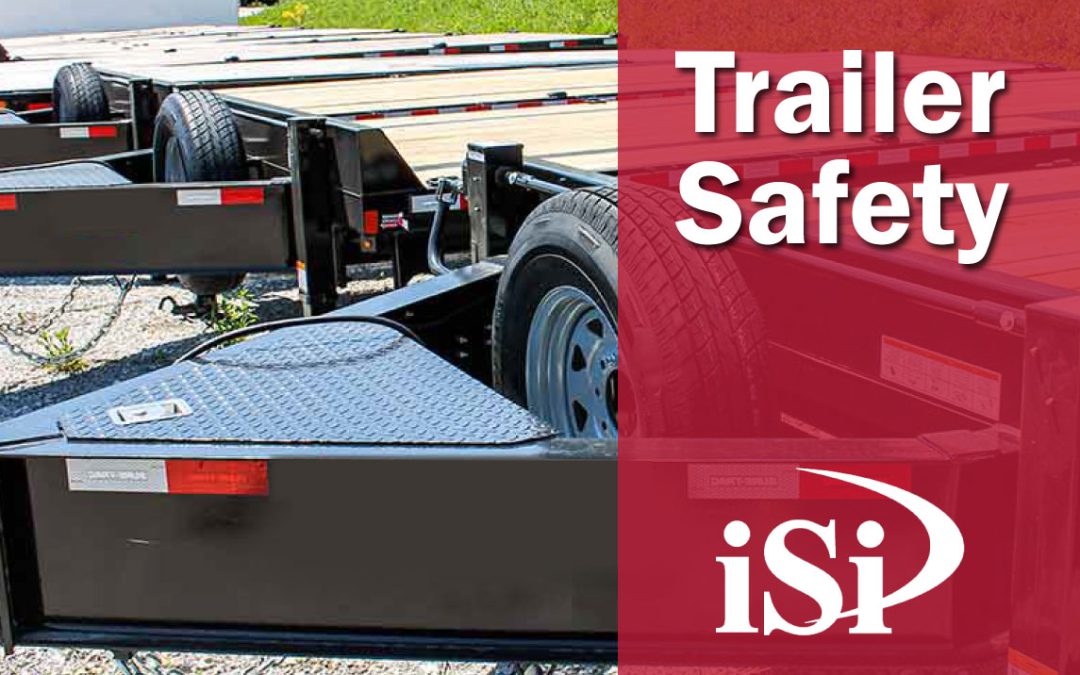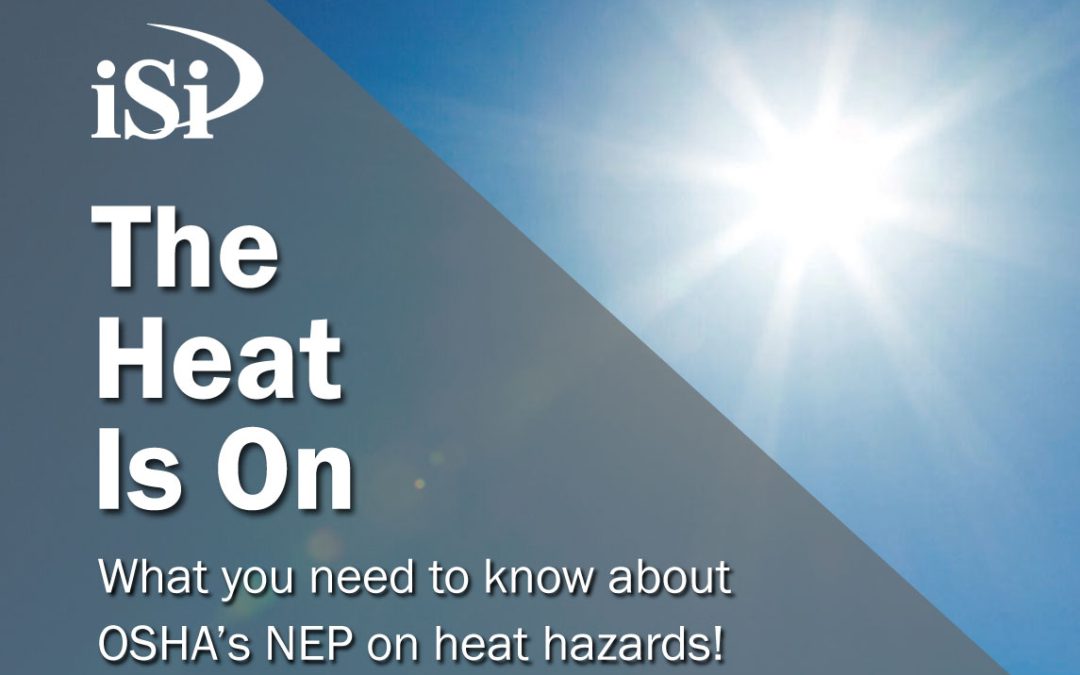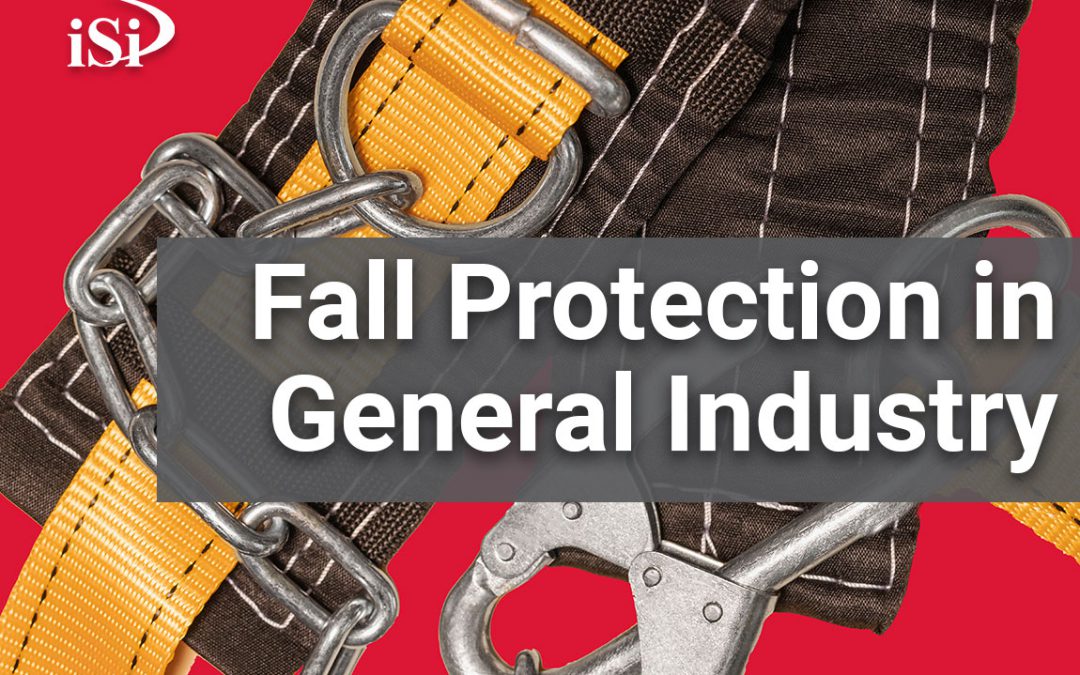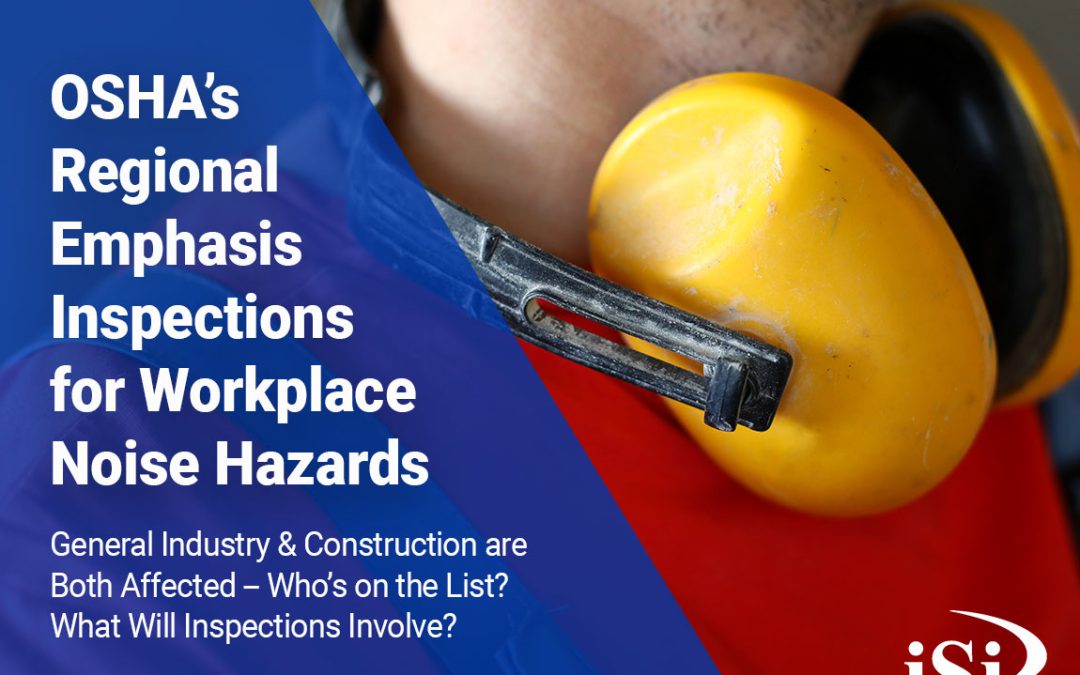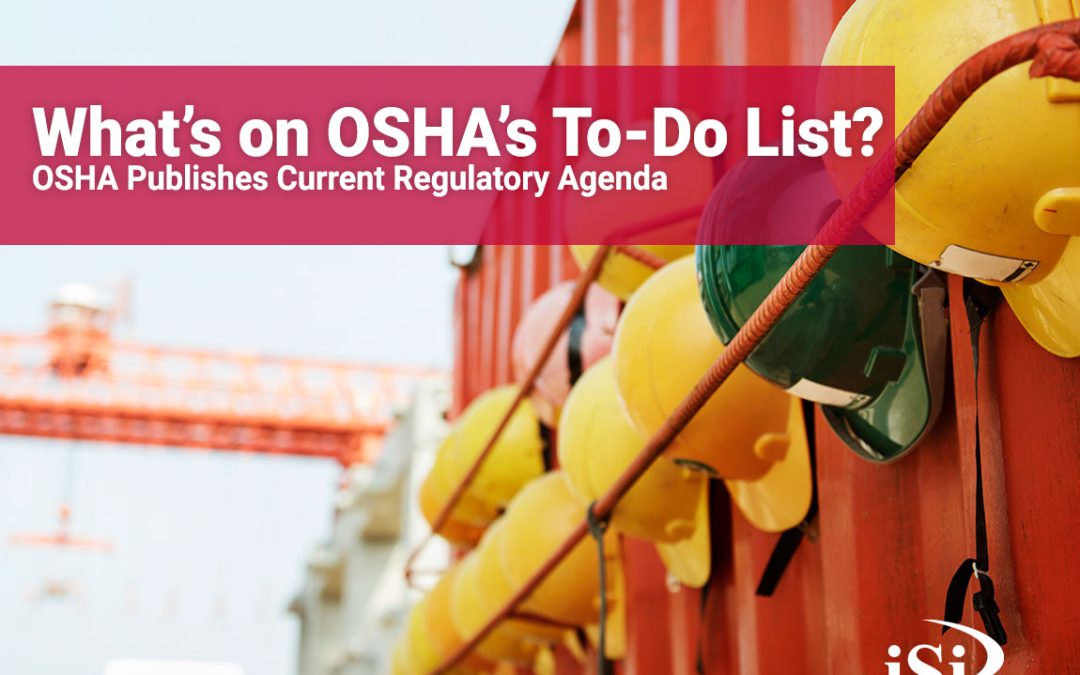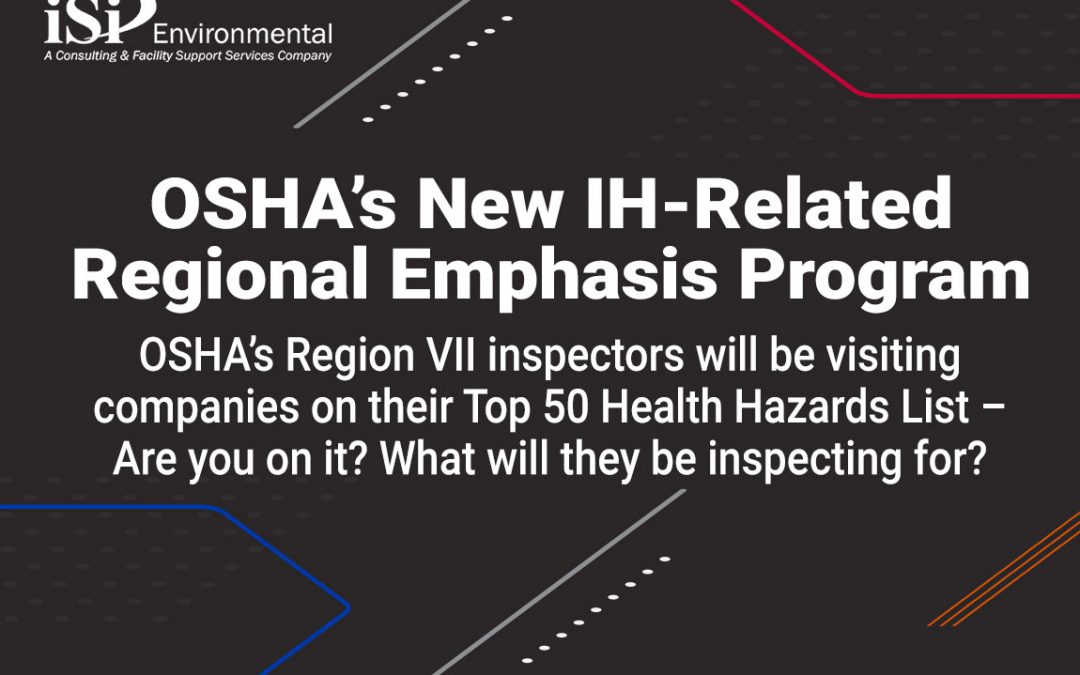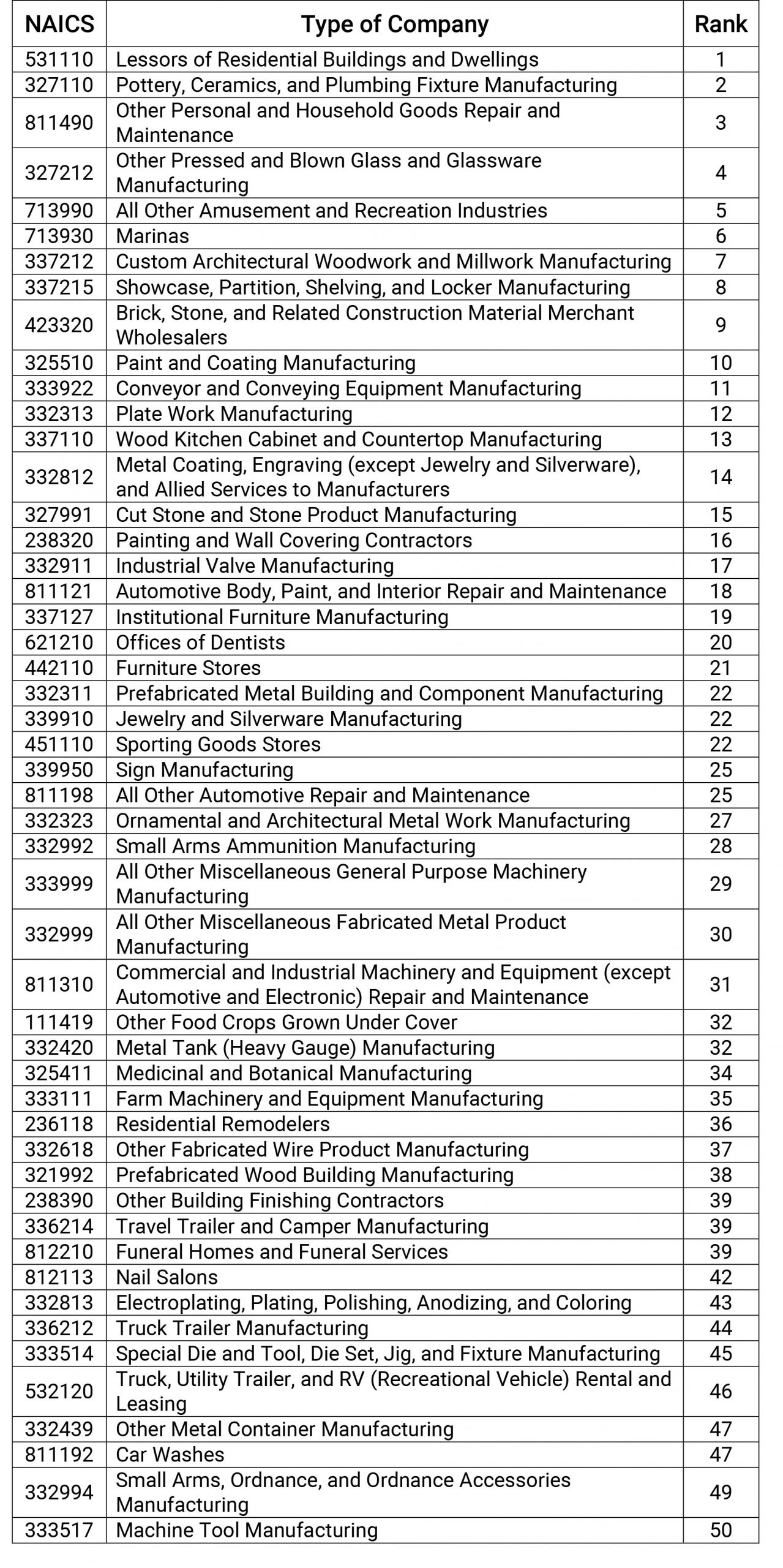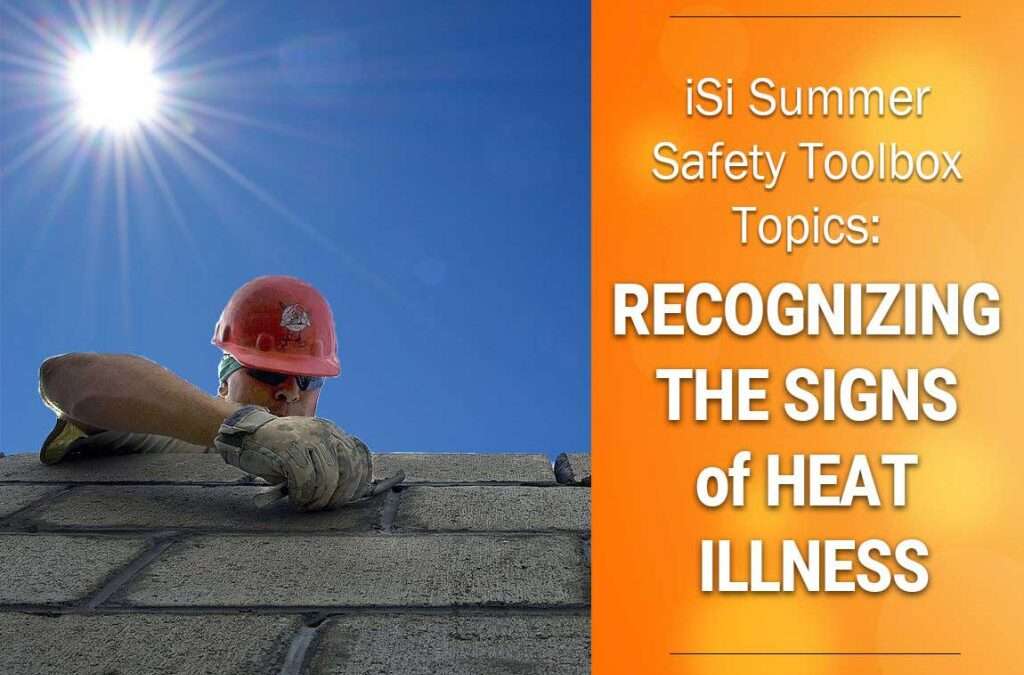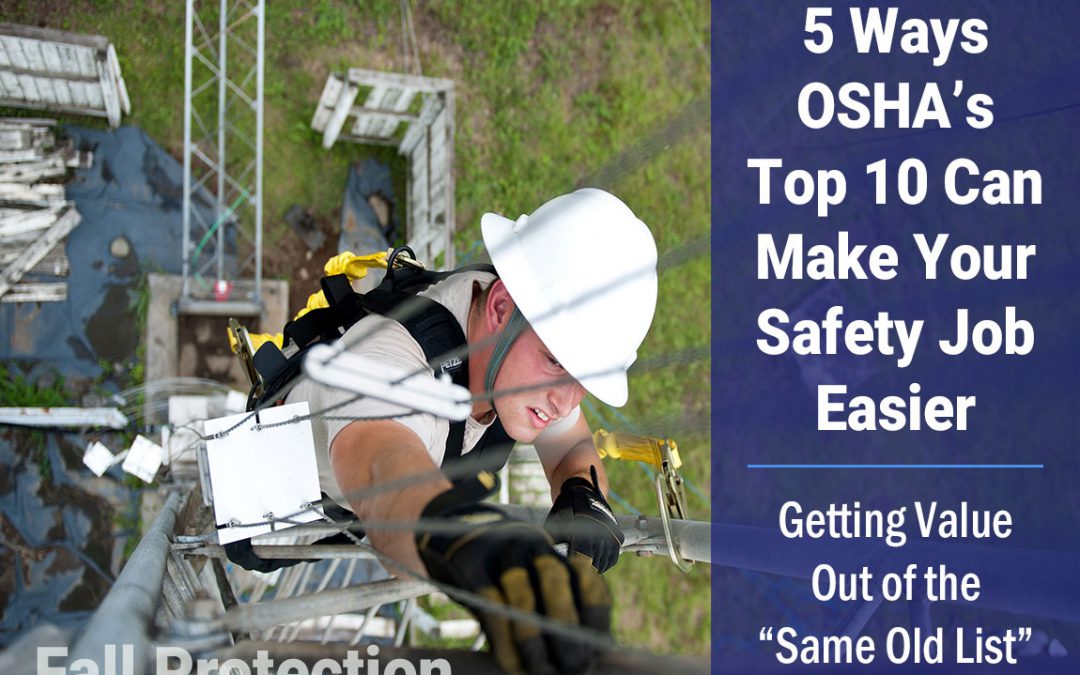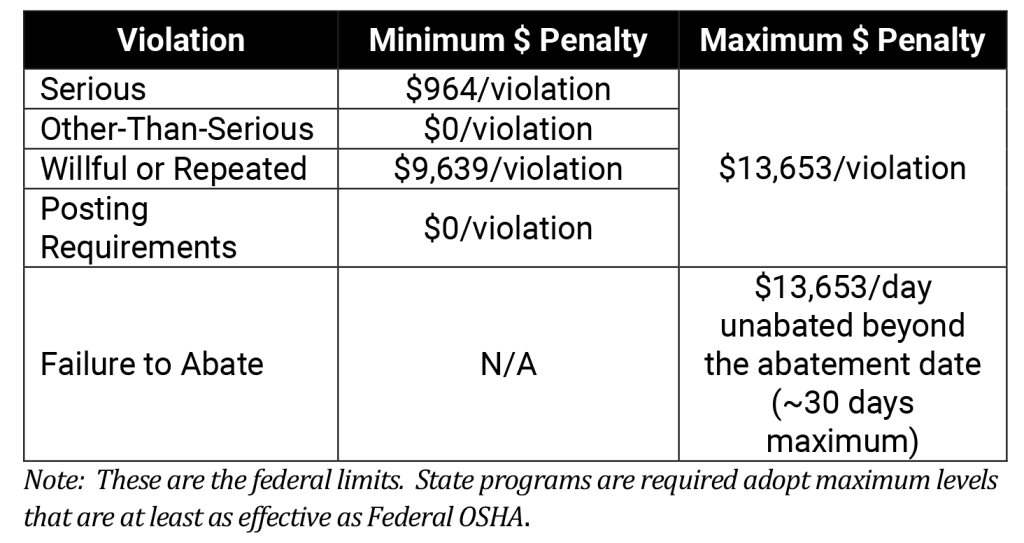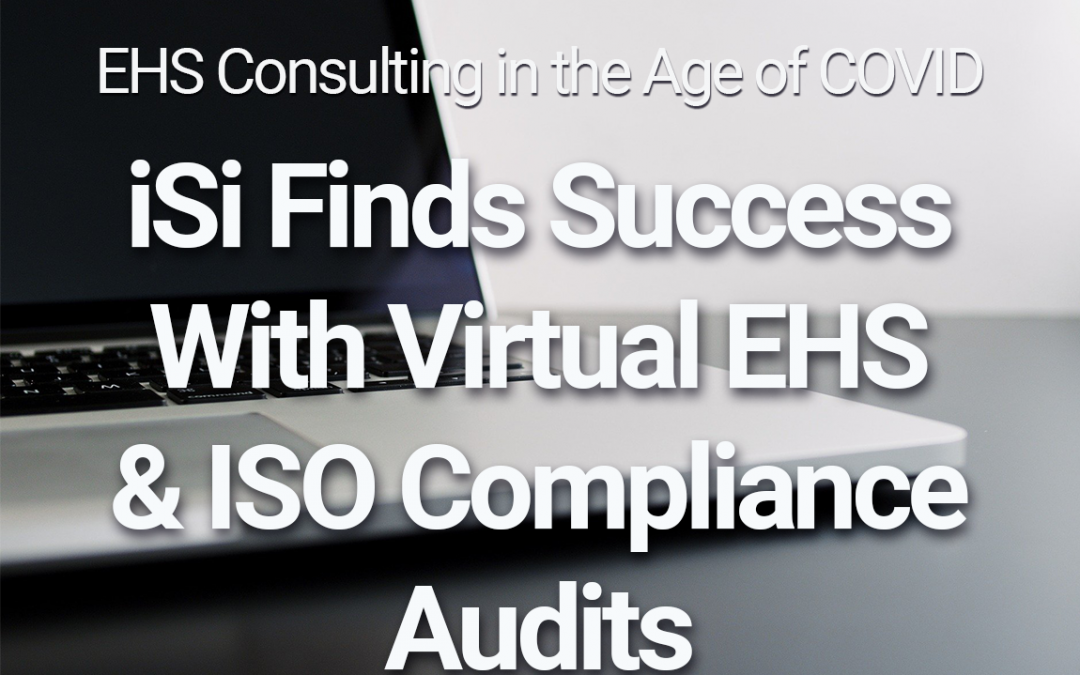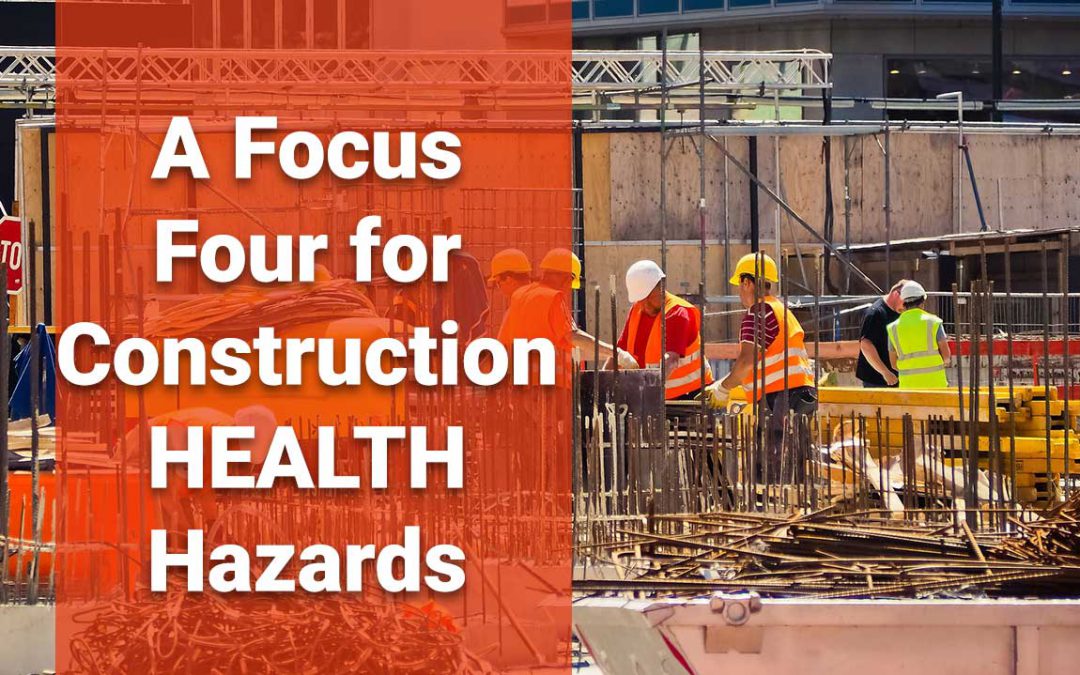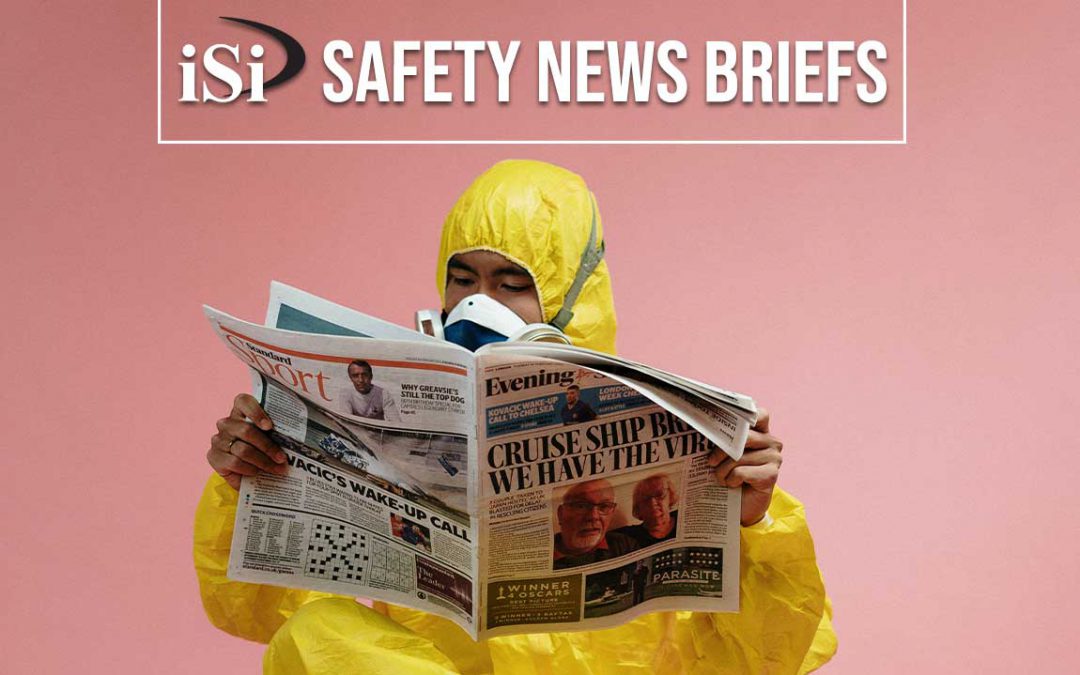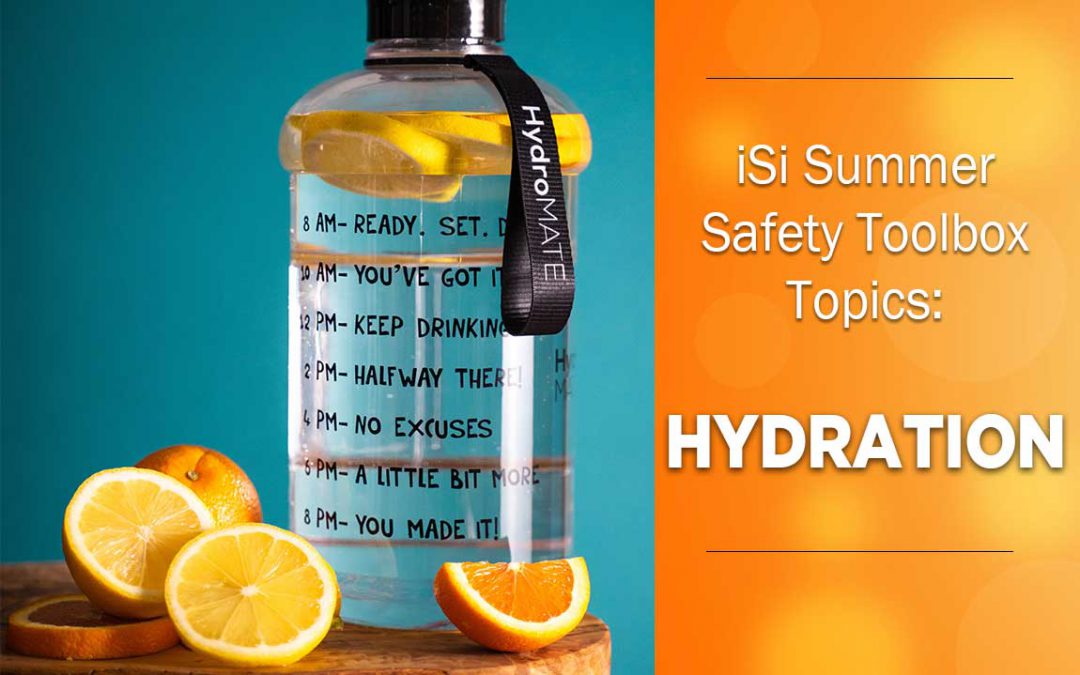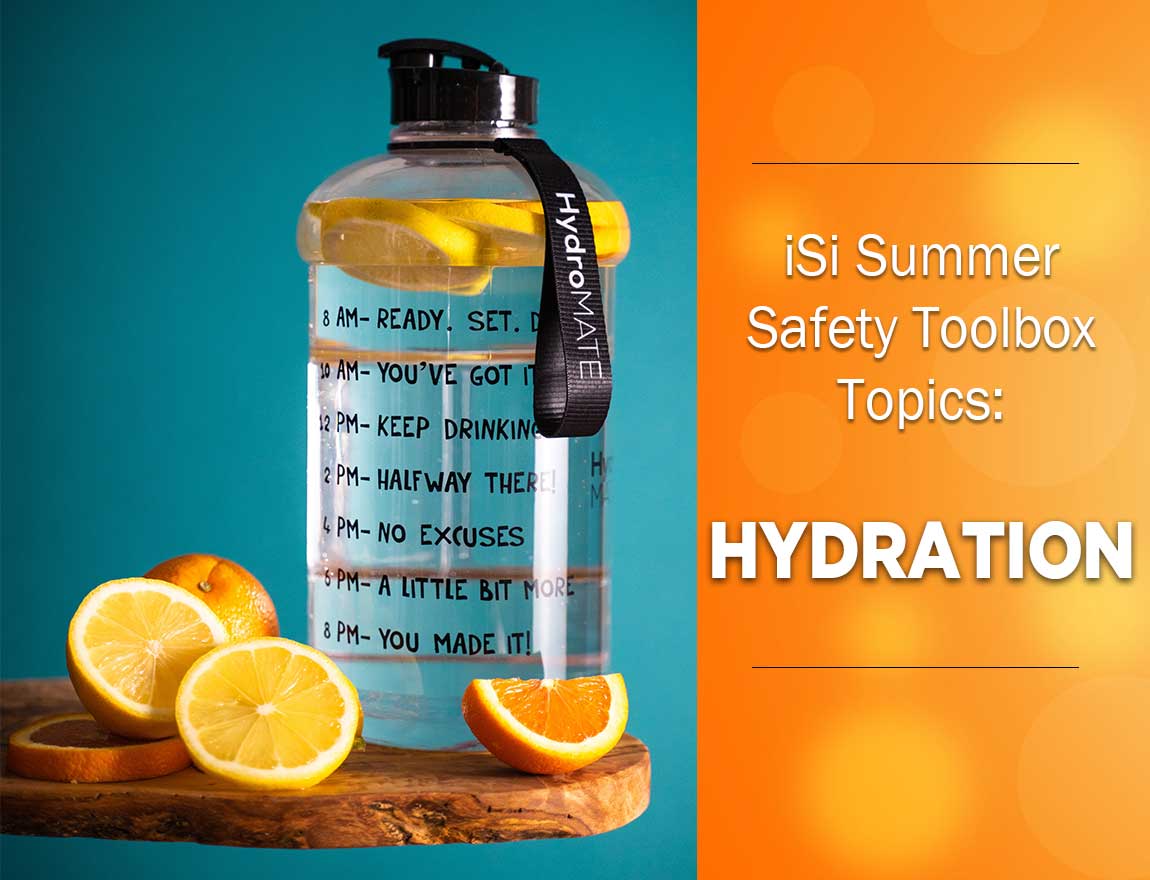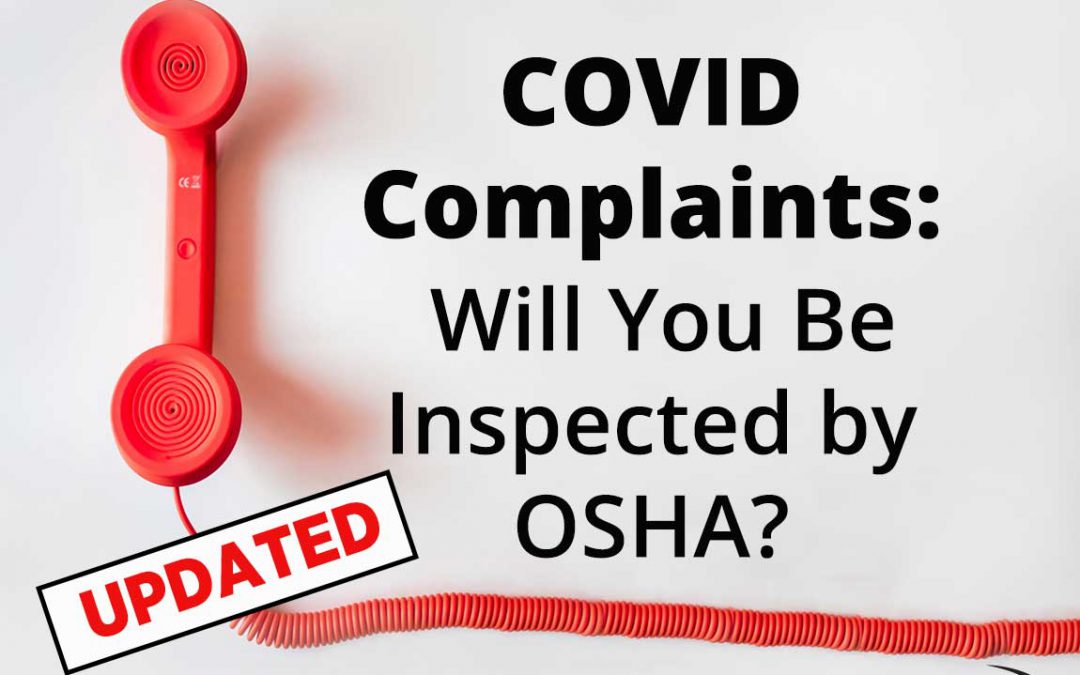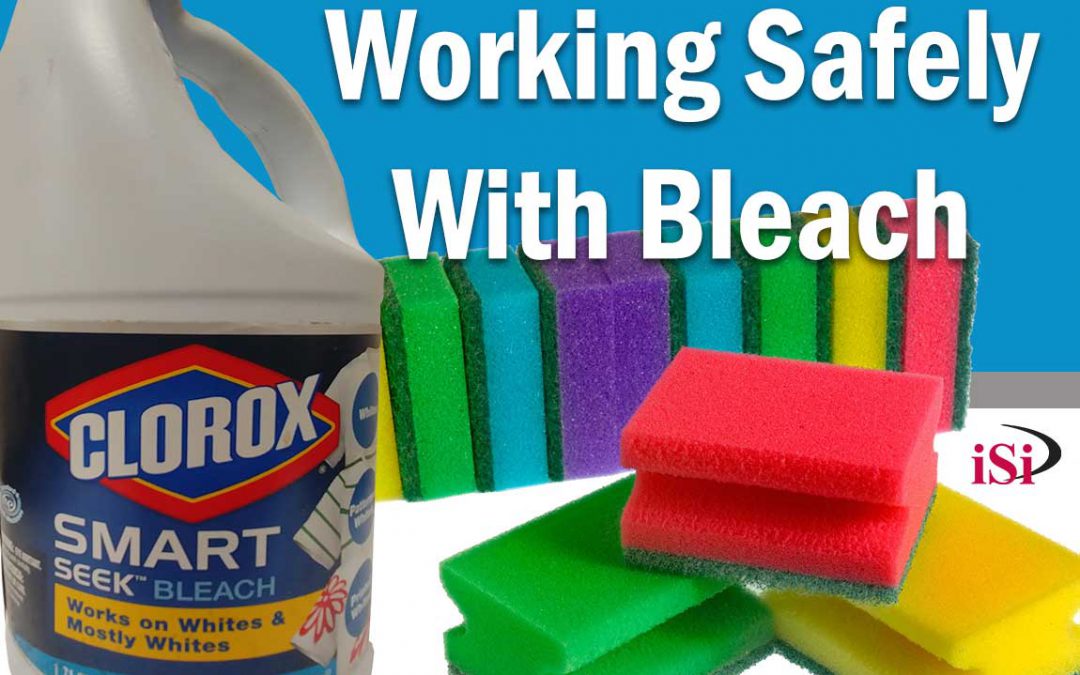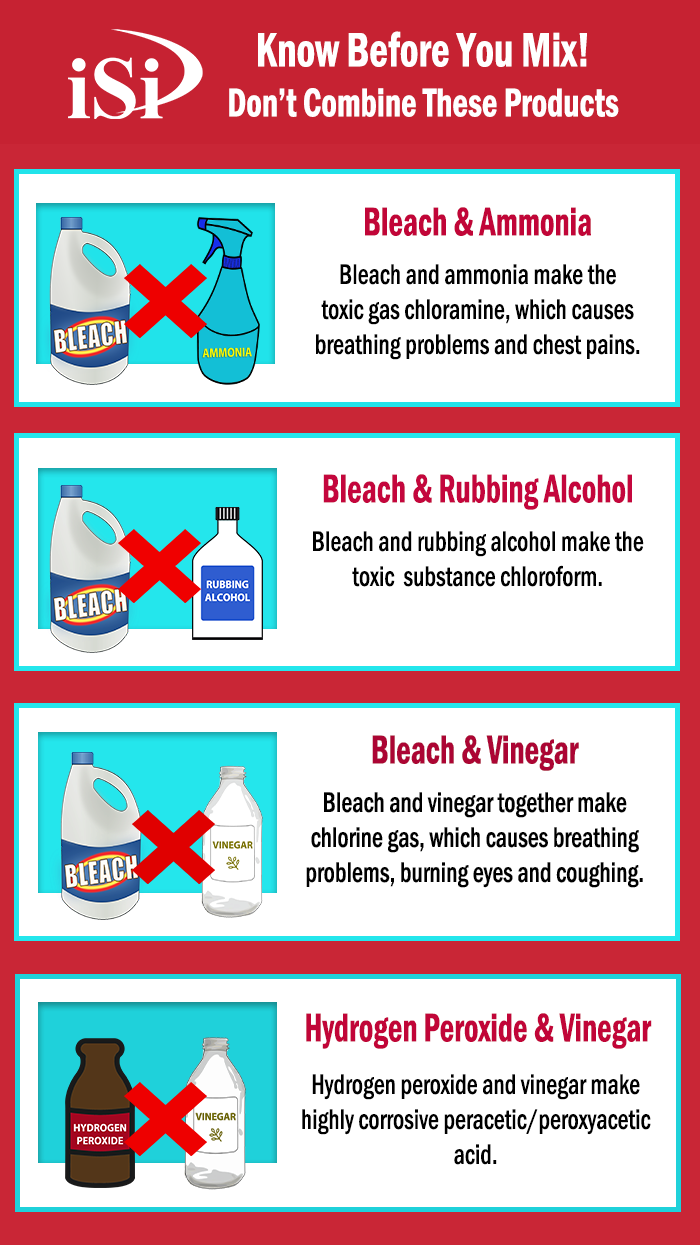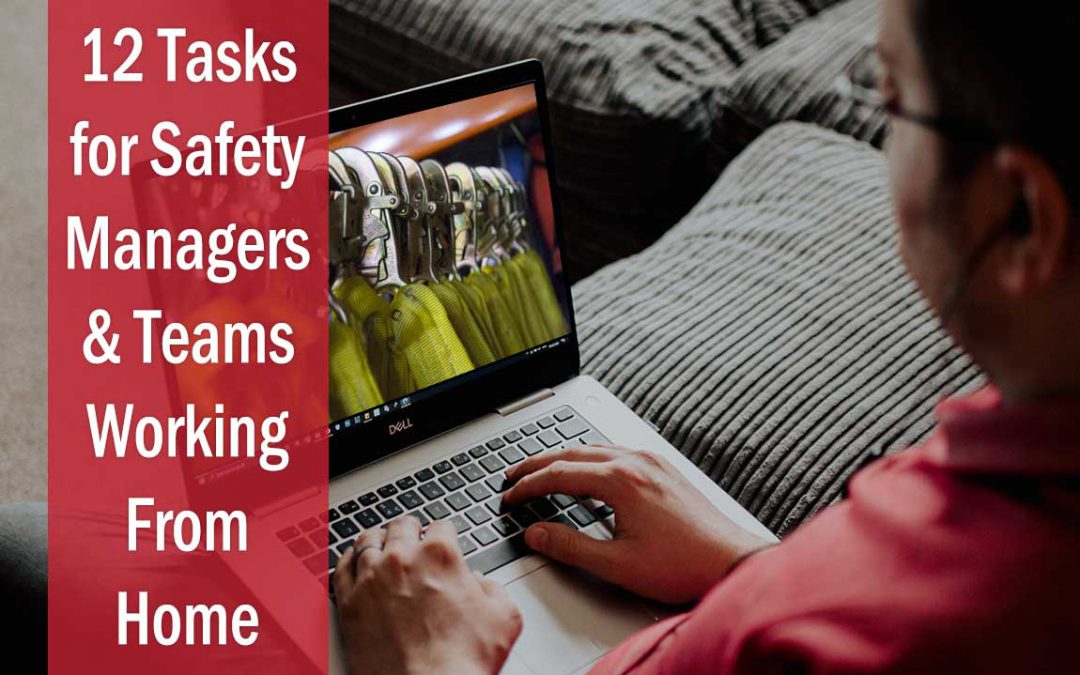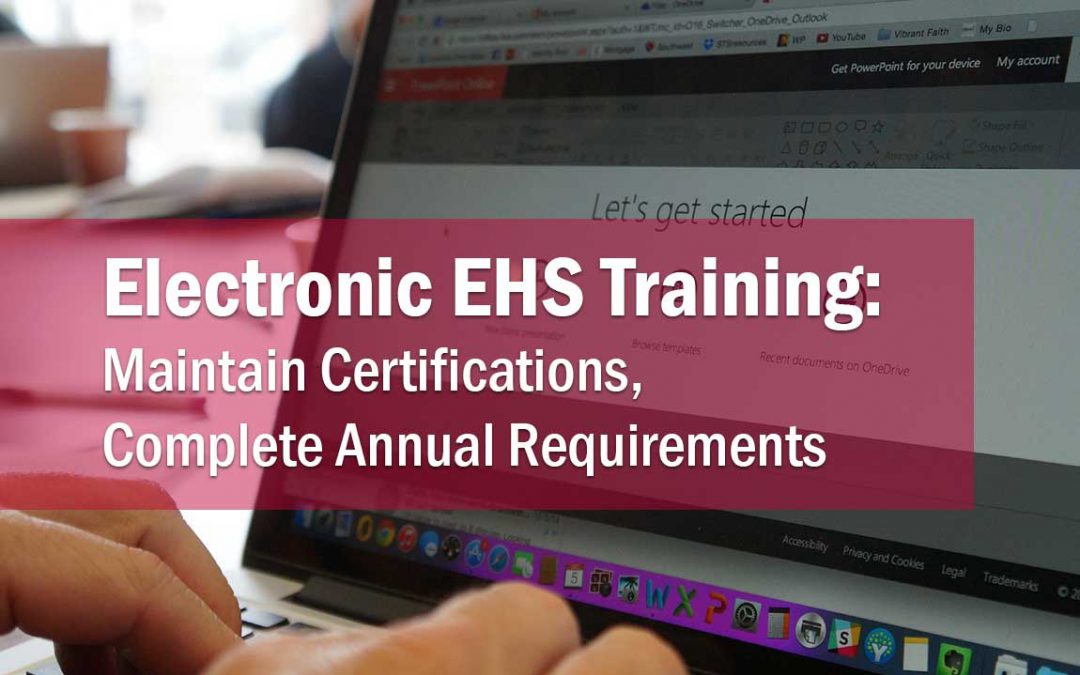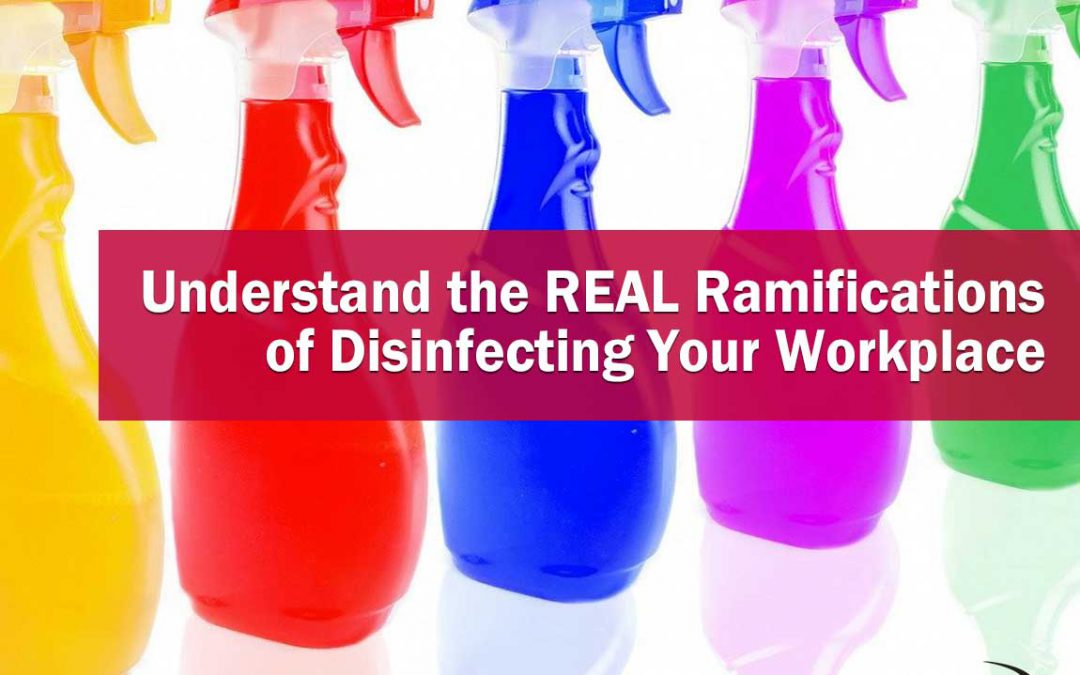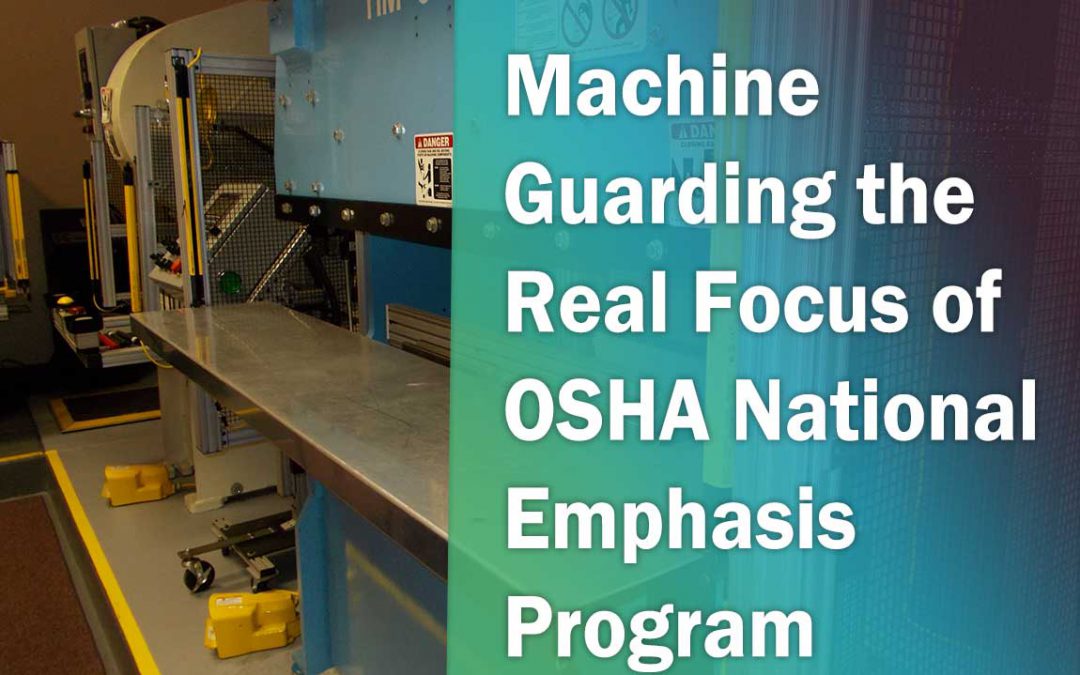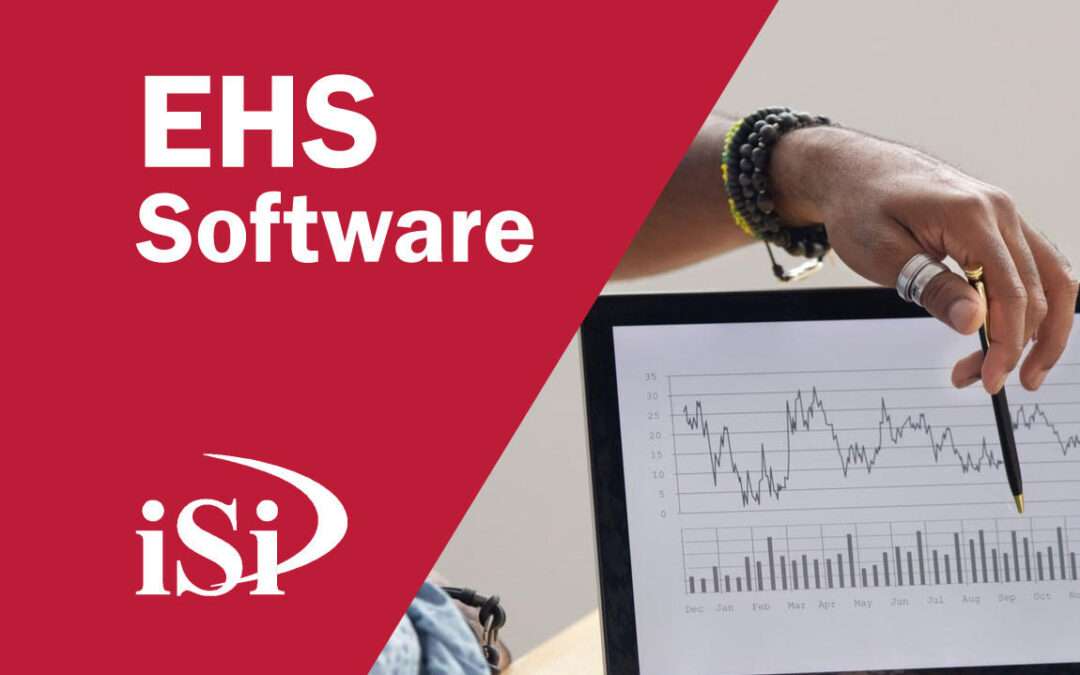
EHS Software for Healthcare

What is EHS healthcare?
EHS healthcare is a type of healthcare that focuses on the environmental, health and safety aspects of an individual’s wellbeing. It encompasses a wide range of preventive and proactive approaches to ensure individuals stay healthy both in and out of the workplace. With this type of healthcare, emphasis is placed on a comprehensive risk assessment to identify potential hazards or risks associated with a particular area, such as air quality, water supply, hazardous materials and other environmental factors.
Additionally, the goal of EHS healthcare is to provide educational resources to individuals in order to empower them with knowledge on how best to stay safe and healthy in their environment. Furthermore, EHS healthcare includes activities such as monitoring and responding to health-related incidents, performing safety drills and inspections, providing instruction on health topics, and preparing safety plans. Ultimately, this type of healthcare helps people stay safe and healthy while living in a potentially hazardous environment.
What does EHS stand for?
EHS stands for Environment, Health and Safety. It is an important acronym in the corporate world as it emphasizes the importance of protecting people and the environment through a set of policies, procedures and regulations. EHS promotes a safe workplace for employees and visitors, as well as a healthy environment to live and work in.
These measures help reduce risks associated with potential accidents or incidents. Additionally, they help ensure compliance with local, state and federal regulations, which can help a business avoid costly fines. Ultimately, EHS creates a safer and healthier environment for everyone.

What are the EHS standards?
The EHS (Environment, Health & Safety) standards are guidelines and regulations that aim to ensure the safety and well-being of workers, customers, and communities in a given environment. They cover areas such as hazardous materials management, process safety management, emergency response planning, air pollution control and monitoring, noise control and monitoring, waste management practices, occupational health and safety programs, and much more.
Organizations that follow these standards are able to reduce the risk of accidents, increase productivity, and better protect their workers from potential harm. EHS standards are designed to be comprehensive and flexible; they can be tailored to the needs of any particular organization or industry, making them an effective tool for creating a safe working environment.
What is a the purpose of the EHS management system?
The purpose of an Environmental, Health & Safety (EHS) management system is to ensure that organizations are aware of and comply with relevant environmental, health and safety laws, regulations and standards. It also helps organizations perform risk assessments to identify risks associated with their operations and develop strategies to mitigate those risks.
EHS management systems also provide a framework for the development of policies and procedures that ensure the health and safety of employees and minimizes potential impacts on the environment. Ultimately, EHS management systems help organizations protect their people, assets, and reputation while remaining compliant with relevant laws and regulations.
Furthermore, an effective EHS management system can provide a competitive advantage to organizations by giving them an edge in terms of demonstrating their commitment to environmental responsibility.

Environmental, Health, and Safety for Healthcare
Healthcare facilities must adhere to strict Environmental, Health, and Safety (EHS) standards in order to ensure the safety of their employees, customers, and visitors. These standards include ongoing training for staff on hazardous materials management, waste disposal, air quality monitoring and control, proper handling of medical waste and hazardous chemicals, as well as emergency preparedness protocols.
Facilities are also required to comply with local, state, and federal regulations regarding air quality, water quality, hazardous materials management, indoor air quality, and noise levels. By adhering to EHS standards in healthcare settings, providers are able to protect their patients from potential harm caused by environmental factors.

5 Top Safety Risks in the Pharmaceutical Industry
The pharmaceutical industry is an incredibly complex and regulated environment, and safety risks for workers are abundant. From hazardous chemicals to dangerous manufacturing processes, the risks must be managed vigilantly.
The five top safety risks in the pharmaceutical industry include exposure to hazardous materials, inadequate ventilation systems, improper handling of biohazardous waste, machine-related injuries, and slips or falls on wet surfaces. Exposure to hazardous materials can have serious health consequences for workers, so safety protocols must be strictly followed.
Inadequate ventilation systems can lead to a buildup of dangerous gases and particulate matter, negatively impacting the health of those working in manufacturing plants. Improper handling of biohazardous waste can also pose a serious risk by contaminating environments with disease-causing agents.

What is the Personal Protective Equipment (PPE) in the Pharmaceutical Industry?
Personal Protective Equipment (PPE) in the Pharmaceutical Industry is a set of safety gear used by workers to minimize potential harm and exposure to dangerous materials. PPE can include items such as gloves, masks, respirators, ear plugs, protective clothing and glasses/goggles.
Depending on the type of job or task being performed, different types of PPE may be required. For instance, a worker operating in a sterile environment might be asked to wear a face mask or respirator while handling hazardous chemicals. PPE is designed to both protect the user and patient and reduce the risk of contamination from one job site to another.
By implementing proper safety protocols, such as wearing appropriate protective clothing and equipment, workers can help ensure safe working environments that are free of potential hazards. It is important for employers to provide workers with the proper PPE so they can do their jobs safely and effectively.

Environmental Compliance in Healthcare
Environmental compliance in healthcare is a critical issue. Healthcare organizations must take steps to ensure that their practices and operations are not only legal, but also adhere to sustainability principles. This includes proper handling of hazardous materials, waste management, and energy efficiency. Healthcare facilities must comply with laws governing air, water, and land pollution as well as safety standards for employees and visitors.
Additionally, healthcare organizations must develop and implement an environmental management system to track and manage their environmental performance. By ensuring compliance with environmental regulations, healthcare facilities can contribute to local communities by protecting the environment and public health. Thus, proper environmental compliance is essential for all healthcare organizations.
Need Assistance?
What can iSi’s team of EHS Consultants do for you? Contact us!
